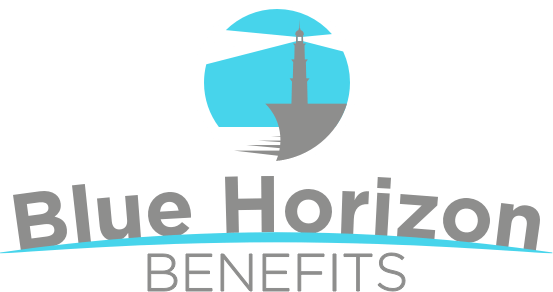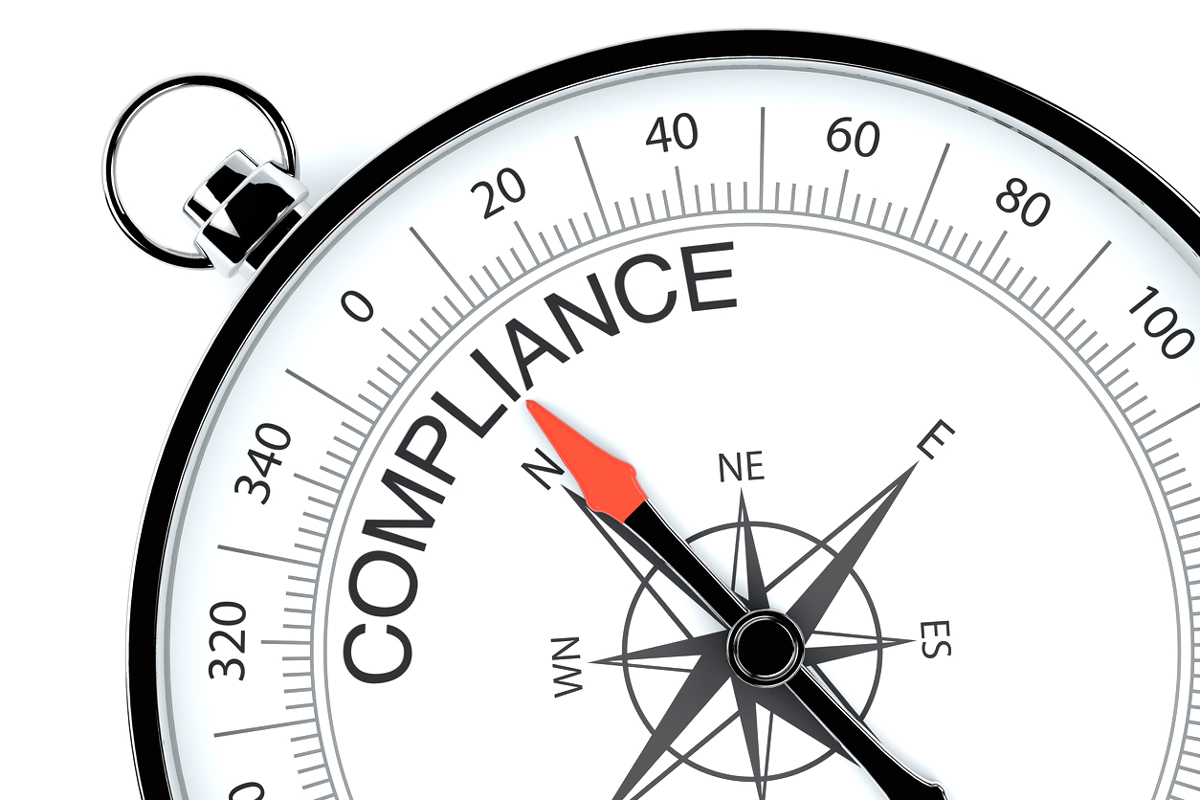Group Plan Affordability Level Set for 2022
The IRS has announced the new affordability requirement test percentage that group health plans must comply with to conform to the Affordable Care Act.
Starting in 2022, the cost of self-only group plans offered to workers by employers that are required to comply with the ACA, must not exceed 9.61% of each employee’s household income.
Under the ACA, “applicable large employers (ALEs)” — that is, those with 50 or more full-time employees (FTEs) — are required to provide health insurance that covers 10 essential benefits and that must be considered “affordable,” meaning that the employee’s share of premiums may not exceed a certain level (currently set at 9.83%). The affordability threshold must apply to the least expensive plan that an employer offers its workers.
The threshold has been reduced from the 2021 level because premiums for employer-sponsored health coverage increased at a lower rate than national income growth this year. That was largely the result of a large reduction in non-emergency health care services as many people stayed away from hospitals when COVID-19 cases were surging.
With this in mind, you will need to balance out any potential premium rate hikes with the affordability level for employees and make sure that you offer at least one plan with premium contribution levels that will satisfy the new threshold. Some employers may need to boost their contributions in order to avoid penalties.
Example: The lowest-paid worker at Company A earns $25,987 per year. To meet the affordability requirement, the worker would have to pay no more than $2,497 a year in premium (or $208 a month).
ALEs with a large low-wage workforce might decide to utilize the federal poverty line affordability safe harbor to automatically meet the ACA affordability standard, which requires offering a medical plan option in 2022 that costs FTEs no more than $103.14 per month.
Failing to offer a plan that meets the affordability requirement to 95% of your full-time employees can trigger penalties of $4,060 for 2022 per FTE receiving subsidized coverage through an exchange. That’s the full-year penalty and the actual penalty prorated depending on how many months an employee received subsidized coverage.
The penalty is triggered for each employee that declines non-compliant coverage and receives subsidized coverage on a public health insurance exchange.
Since most employers don’t know their employees’ household incomes, they can use three ways to satisfy the requirement by ensuring that the premium outlay for the cheapest plan won’t exceed 9.61% of:
- The employee’s W-2 wages, as reported in Box 1 (at the start of 2022).
- The employee’s rate of pay, which is the hourly wage rate multiplied by 130 hours per month (at the start of 2022).
- The individual federal poverty level, which is published by the Department of Health and Human Services in January of every year. If using this method, an employee’s premium contribution cannot be more than $104.52 per month.
Out-of-pocket maximums
The IRS also sets out-of-pocket maximum cost-sharing levels for every year. This limit covers plan deductibles, copayments and percentage-of-cost co-sharing payments. It does not cover premiums.
The new out-of-pocket limits for 2022 are as follows:
- Self-only plans — $8,700, up from $8,550 in 2021.
- Family plans — $17,400, up from $17,100 in 2021.
- Self-only health savings account-qualified high-deductible health plans — $7,050, up from $7,000 in 2021.
- Family HSA-qualified HDHPs — $14,100, up from $14,000 in 2021.









